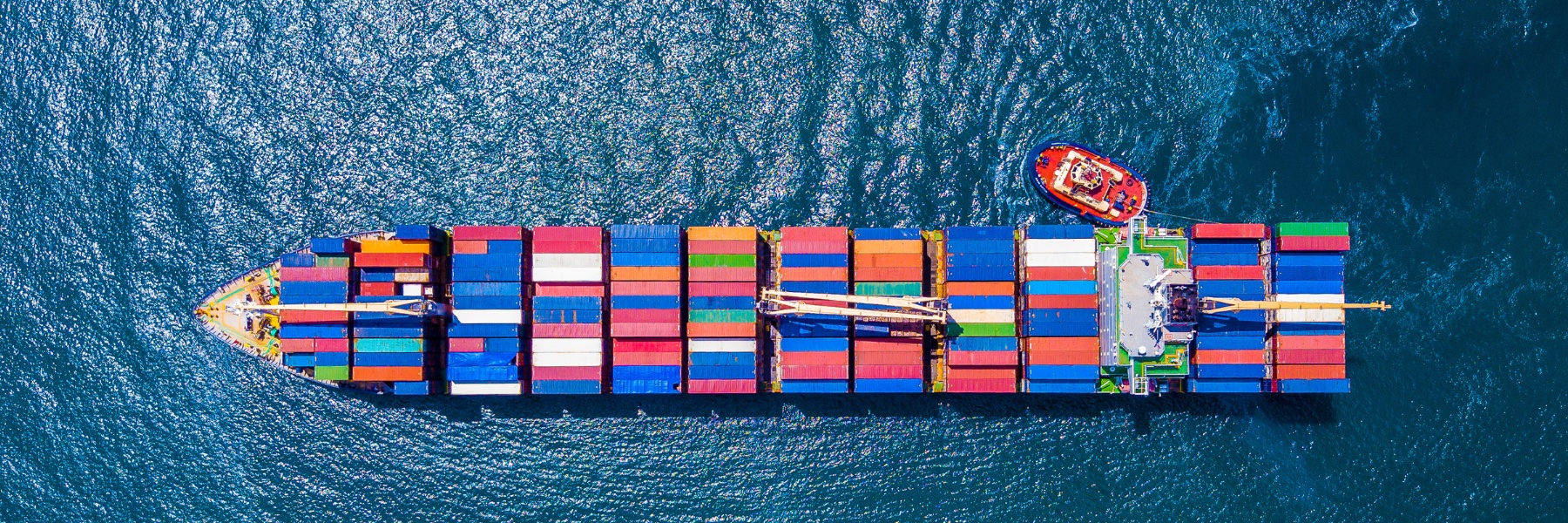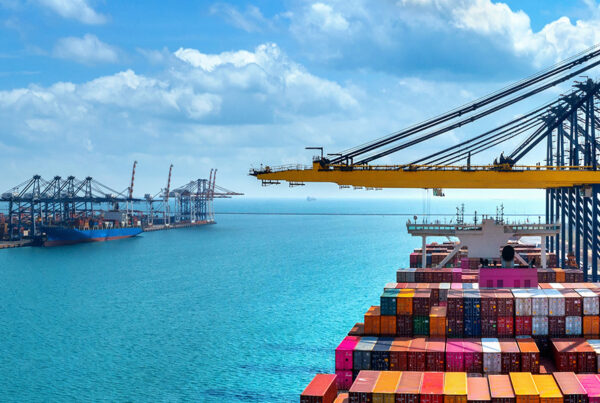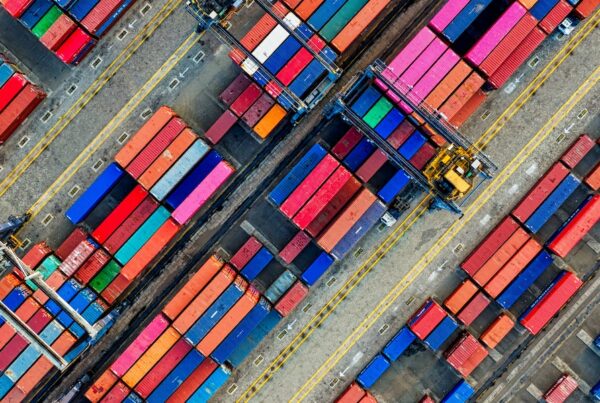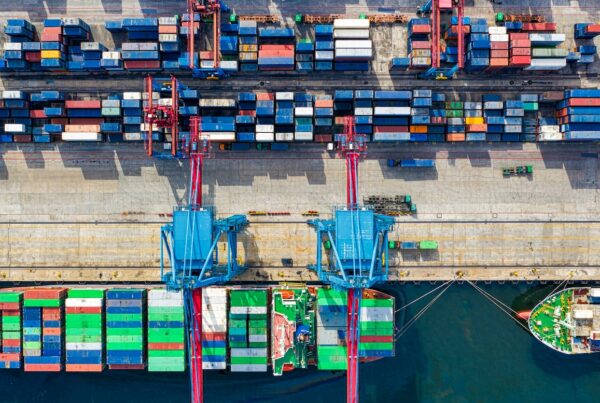The COVID-19 pandemic has exposed the fragility of global supply chains, leading to significant disruptions in the manufacturing, transportation, and distribution of goods. This disruption has forced businesses to find new ways to manage their supply chains and has fueled innovation across the globe.
Supply Chain Technology Improvements for Port Operations
Imports, exports, and draymen supporting them have traditionally relied heavily on spreadsheets and emails to manage increasingly complex regulations and processes at the ports.
In response, their customers have been investing in supply chain management technology platforms and managed service options to improve visibility, control, and reduce cost across their supply chains. Savvy shippers have started to realize that traditional approaches to supply chain management are not enough to cope with the unprecedented challenges posed in a post-pandemic world.
Visibility in your Supply Chain
Visibility is critical in enabling shippers to achieve greater efficiency within their supply chains. However, most data provided in pure visibility solutions are bound to be outdated and unreliable. It is only when executing against the data, when it can be fully relied upon. Companies offering these advanced solutions provide a comprehensive digital view of the entire supply chain that can be truly transformative for the shipper of record.
By integrating data from multiple sources, these platforms offer a unified and accurate picture of where goods are at any given moment, their condition, and their estimated time of arrival. This granular level of visibility empowers shippers to proactively manage potential disruptions, such as weather events or customs delays, thereby reducing the likelihood of expensive rush shipments or stockouts.
Moreover, the data-driven insights generated from these platforms enable shippers to identify and rectify bottlenecks or inefficiencies within their supply chains, leading to improved route optimization, better carrier performance, and enhanced inventory management. This not only results in significant cost savings but also improves service levels, customer satisfaction, and overall business performance.
GPS Container Tracking Evolves
GPS container tracking down to the skew or item level, revolutionizes supply chain management for retail companies by providing unprecedented visibility and control over their goods throughout the transportation process. This technology enables precise, real-time tracking of containers, whether they’re traveling by land, sea, or air, which facilitates effective inventory management and operational planning. It mitigates risks associated with delayed or lost shipments, reduces lead times, and significantly improves forecasting accuracy. By knowing the exact location and status of their containers at any given moment, supply chain professionals can quickly respond to potential disruptions, reroute shipments if necessary, and provide their customers with accurate and timely updates.
Furthermore, advanced GPS tracking systems also offer features such as temperature monitoring and tamper alerts, which are particularly crucial for retail companies dealing in perishable goods or high-value items. These capabilities ensure the integrity and quality of products, reducing losses due to damage or theft, and enhancing customer satisfaction. The data gathered through GPS tracking also supports performance analysis and optimization of the supply chain by identifying bottlenecks, inefficiencies, and areas for potential cost reduction. With increased visibility and control, supply chain professionals can make more informed decisions, improve service levels, and drive competitive advantage for their retail organizations.
The disruption caused by the pandemic has created an opportunity for the supply chain industry to rethink its approach and embrace innovation. By leveraging the power of technology, businesses can create more resilient, efficient, and sustainable supply chains. This innovation is not only helping businesses to weather the current crisis but is also positioning them to thrive in the future. The supply chain industry is being transformed by these innovations, and the pace of change is likely to accelerate in the years to come.



